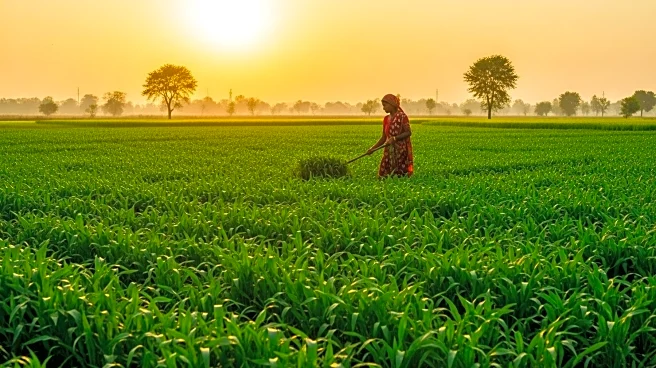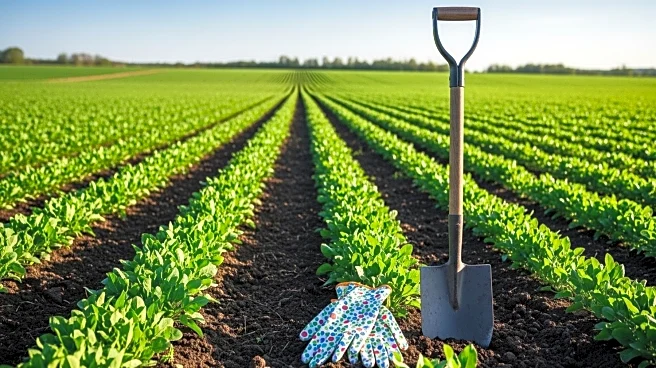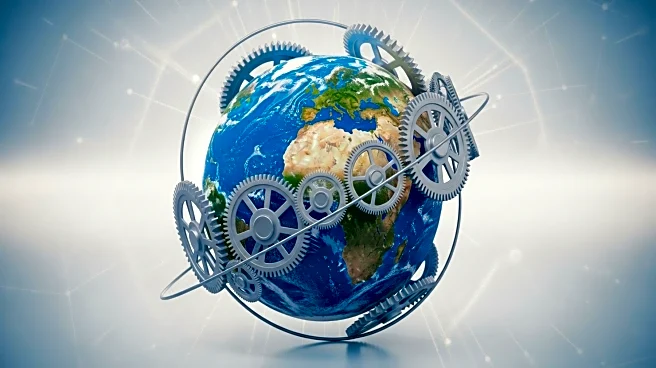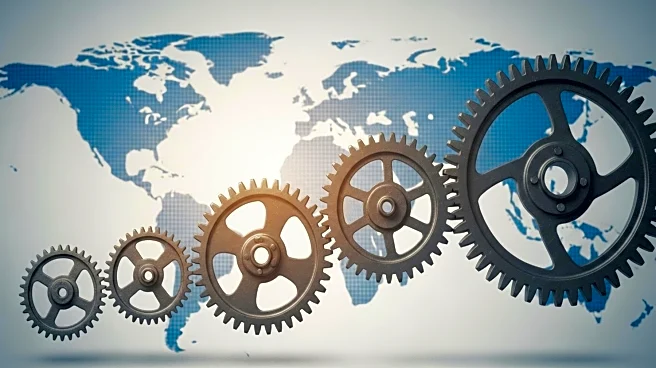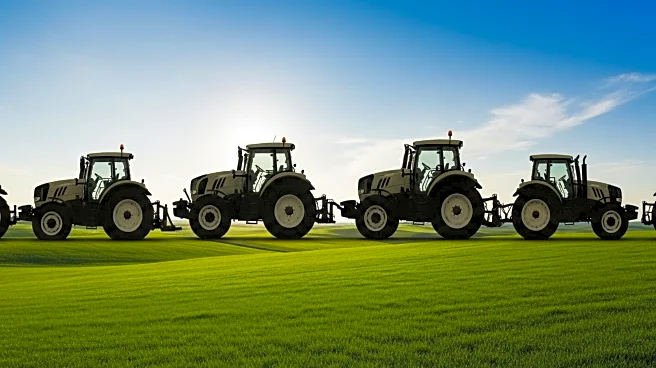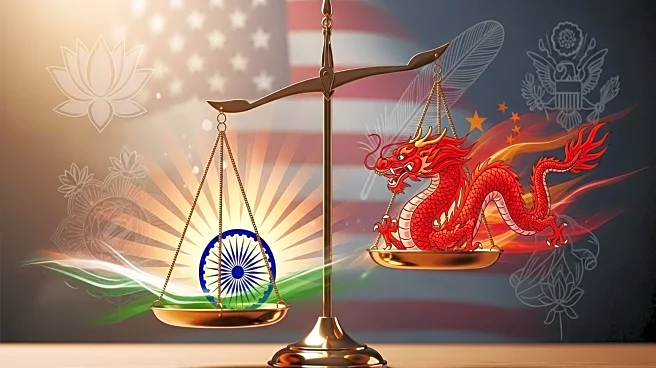What is the story about?
What's Happening?
In India, the agricultural sector has seen a significant increase in female employment, with women now constituting over 42% of the workforce. This shift is largely due to rural men moving to higher-paying non-farm jobs, leaving women to fill the gap. However, nearly half of these women are unpaid family workers, with their numbers rising from 23.6 million to 59.1 million over eight years. Despite their growing presence, women in agriculture face systemic inequities, such as lack of official recognition as farmers, limited land ownership, and lower wages compared to men. These challenges have prevented women from fully benefiting from their increased participation in agriculture.
Why It's Important?
The feminization of agriculture in India highlights significant gender disparities in the workforce. While women are increasingly taking on roles in agriculture, their contributions remain undervalued and undercompensated. This situation underscores the need for policy reforms to recognize women as independent farmers, improve their access to resources, and ensure fair compensation. Addressing these issues is crucial for enhancing women's economic empowerment and contributing to the overall growth of India's agricultural sector. Furthermore, with global trade opportunities on the rise, empowering women in agriculture could lead to increased economic inclusion and development.
What's Next?
To address these challenges, targeted measures are needed to transition women from unpaid labor to higher-value roles in agriculture. This includes promoting land ownership for women, enhancing access to credit and government support, and leveraging digital innovations to connect women to markets and financial services. Additionally, scaling up successful models of women-led agricultural initiatives and fostering multi-stakeholder collaborations can help bridge existing gaps. As global demand for organic and value-added products grows, empowering women in these sectors could significantly boost their economic contributions.
AI Generated Content
Do you find this article useful?
